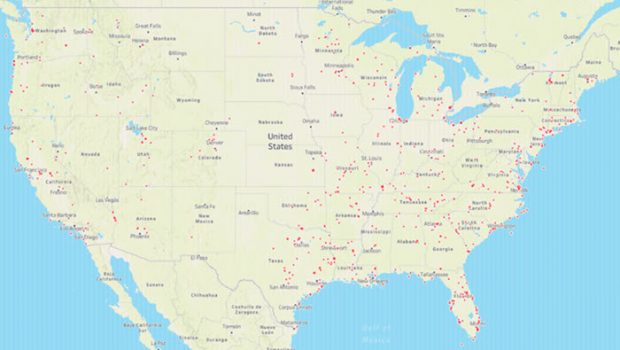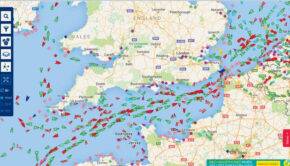US Coast Guard records drop in fatalities
Published on June 29th, 2022
The U.S. Coast Guard released statistics on calendar year 2021 recreational boating incidents, revealing that there were 658 boating fatalities nationwide in 2021, a 14 percent decrease from the 767 deaths in 2020.
From 2020 to 2021, the total number of accidents decreased 16 percent (5,265 to 4,439), and the number of non-fatal injured victims decreased 17 percent (3,191 to 2,641).
Alcohol continued to be the leading known contributing factor in fatal boating accidents in 2021, accounting for 86 deaths, or 16 percent of total fatalities.
The data also shows that in 2021:
• The fatality rate was 5.5 deaths per 100,000 registered recreational vessels. This rate represents a 15 percent decrease from last year’s fatality rate of 6.5 deaths per 100,000 registered recreational vessels.
• In 1971, when the Safe Boating Act was first passed, the fatality rate was 20.6 deaths per 100,000 registered recreational vessels.
• Property damage totaled $67.5 million, which is an all-time high.
• Operator inattention, operator inexperience, improper lookout, machinery failure and excessive speed ranked as the top five primary contributing factors in accidents.
Capt. Troy Glendye, chief of the Office of Auxiliary and Boating Safety at Coast Guard Headquarters, remarked that most incidents occurred during benign weather conditions: calm waters, no or light wind, and good visibility.
Where the cause of death was known, 81 percent of fatal boating accident victims drowned. Of those drowning victims with reported life jacket usage, 83 percent were not wearing a life jacket.
“A life jacket is one of the most important safety items on your boat,” said Glendye. “It is critical to wear one when underway as it may be difficult to don in an emergency. The Coast Guard reminds boaters to ensure life jackets are serviceable, properly sized, correctly fastened, and suitable for your activity.”
Where boating instruction was known, 75 percent of deaths occurred on vessels where the operator had not received boating safety instruction. The Coast Guard encourages all boaters to take a boating safety course that meets the National Boating Education Standards before hitting the water.
The most common vessel types involved in reported accidents were open motorboats, personal watercraft, and cabin motorboats. Where vessel type was known, the vessel types with the highest percentage of deaths were open motorboats (44 percent), kayaks (15 percent), and pontoons (10 percent). This is the second time that pontoon vessels ranked in the top three.
The data are from incidents that resulted in at least one of the following criteria: death, disappearance, injury that required medical treatment beyond first aid, damages to the vessel(s) or other property that equaled or exceeded $2,000, or a loss of vessel.
In addition to wearing a life jacket and taking a boating safety course, the Coast Guard recommends all boaters to attach the engine cut-off switch, get a free vessel safety check, and boat sober.
“We praise the work of our boating safety partners who have resolved to reduce casualties through educational outreach and enforcement,” said Glendye.
To view the 2021 Recreational Boating Statistics report, along with reports from previous years, click here.









 We’ll keep your information safe.
We’ll keep your information safe.